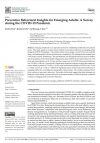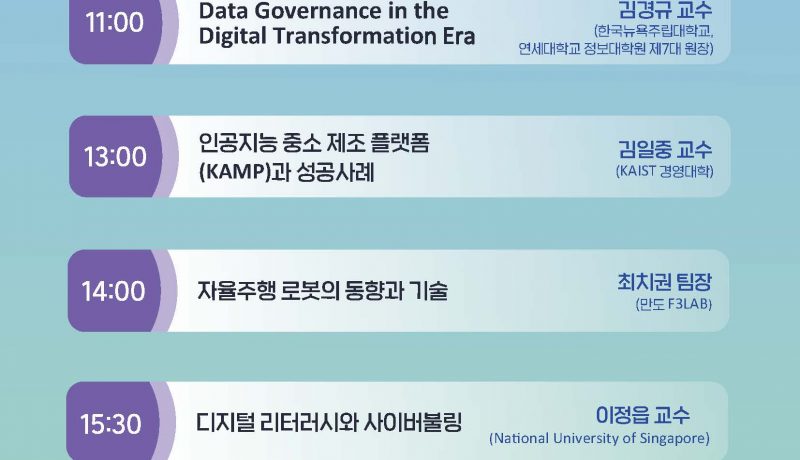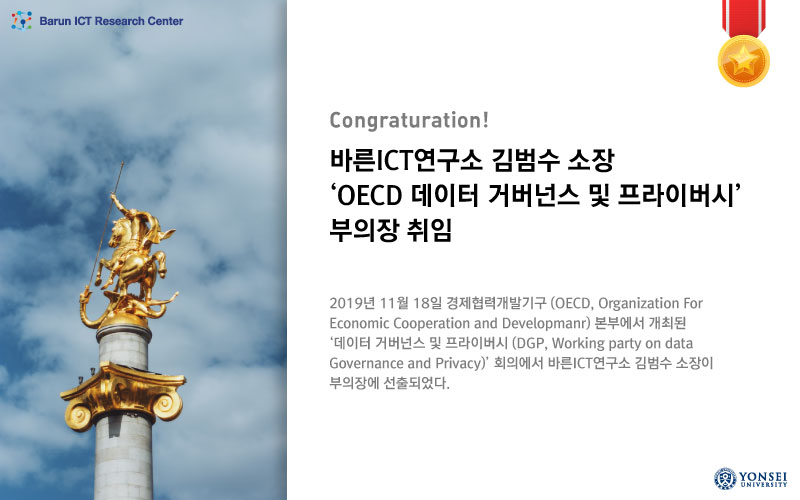[경영학연구 45권 3호]
스마트폰 분실 위험과 경쟁 제품에 대한 점화(priming)가 모바일 결제서비스에 대한 소비자 태도에 미치는 영향 (The impact of priming risk for losing smartphone and competing product on consumer attitude toward mobile payment service)
박용완 박사 (Barun ICT Research Center, Yonsei University), 김희영 박사 (Sogang University)
요약
IT를 기반으로 제공되는 금융서비스를 통칭하는 핀테크(Fin-Tech)은 글로벌 IT기업들의 차세대 사업으로 각광을 받고 있으며, 다양한 형태로 시장에 출시되고 있다. 기존 핀테크 서비스는 온라인상에서 이루어져 왔으나, 최근 애플페이와 삼성페이를 중심으로 한 탭앤드페이(Tap and Pay) 방식의 모바일 결제서비스는 그 영역을 오프라인으로까지 확장하고 있다. 본 연구에서는 스마트폰에 대한 분실 위험지각과 경쟁 제품인 신용카드에 대한 지각으로 인해 탭앤드페이 방식의 모바일 결제서비스에 대한 소비자의 태도가 영향을 받을 수 있음을 보여주었다. 실험 1에서는 실험집단에게 스마트폰을 분실했던 경험이 있는지 물어봄으로써 분실위험을 점화시켰고, 그 결과 통제집단에 비해 모바일 결제서비스에 대한 소비자의 보안에 대한 평가와 사용의도가 낮아지는 것을 확인할 수 있었다. 실험 2에서는 신용카드를 얼마나 자주 사용하는지 물어봄으로써 경쟁 제품을 떠오르게 하였고, 그 결과 통제집단에 비해 소비자의 선호 및 태도가 낮아지는 것을 알 수 있었다. 위의 실험 결과는 새로운 모바일 결제서비스가 시장에 성공적으로 안착하기 위해서 소비자가 가지는 막연한 두려움을 해소시키고 경쟁 제품 대비 강점을 명확하게 인식시키는 적극적 노력이 필요함을 시사한다.
Abstract
Fin-Tech, known as a financial service based on Information Technology, has received lots of attention from global IT companies, and a variety of Fin-Tech services has been launched over the last few years. Most of them focus on online marketplace, but Tap-and-Pay styled mobile payment service, such as Apple Pay and Samsung Pay, extends to offline marketplace. Mobile payment service providers expect that a variety of payment methods (e.g., credit card and cash) will converge into Smartphone on your hand in the near future. This paper demonstrated that consumer attitude can be affected by perceived risk of losing their smartphone and recognition for a credit card as a major competitor, and argued that these factors would be a challenge for mobile payment service providers. In Experiment 1, we primed perceived risk of losing a smartphone by asking whether they have any experience for losing your mobile phone. As a result, perceived security and intention to use Tap-and-Pay styled mobile payment service in the priming condition were lower than those in the control condition. It implies that consumers have concern to lose their smartphone because of storing not only their personnel information but also financial information, and it may make them hesitate to adopt it. In Experiment 2, recognition for a credit card was also primed by asking how many time they used their credit card in a day. Participants’ preference and intention to use Tap-and-Pay styled mobile payment service in the priming condition were lower than those in the control condition. To use mobile payment service, consumers should run the app, secure with the fingerprint, and tap the smartphone on the card reader. If using a credit card, they should take out the credit card from the wallet, give it to a shop assistant, and receive it from him/her. At least, there seems like no difference in convenience. It means that convenience of mobile payment service is not good enough to achieve a competitive advantage over the competitor, credit card. Overall, these results clearly show that companies need to put lots of effort to attenuate consumers’ concern about losing smartphone and increase perceived convenience for thriving in the market.
키워드: 모바일 결제서비스, 핀테크, 점화효과, 지각된 위험, 혁신제품 확산, Mobile Payment Service, Fin-Tech, Priming Effect, Perceived Risk, Diffusion of Innovative Product






